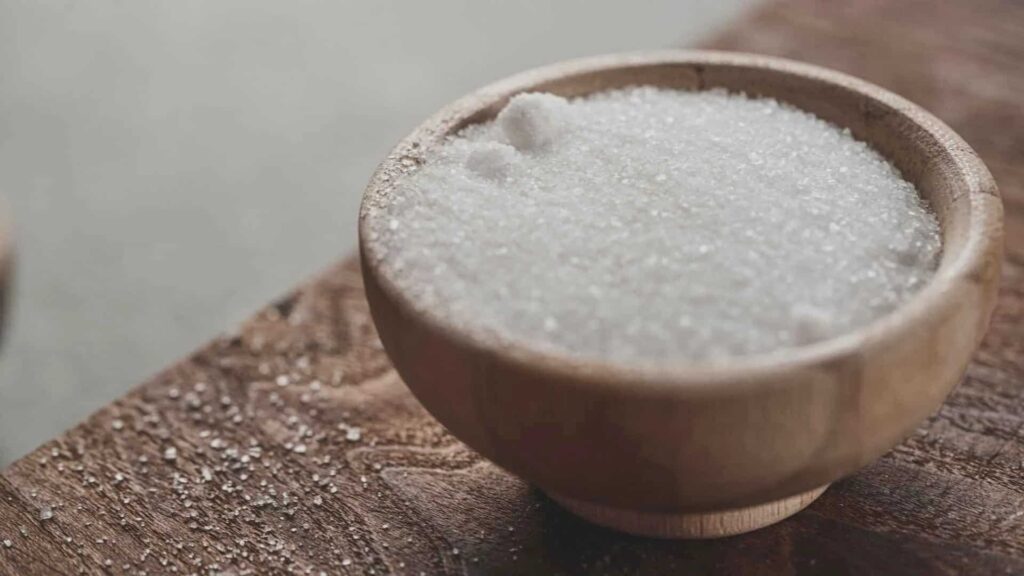In the realm of moisture management, desiccant packets play a crucial role in preserving the integrity of various products, from food items to electronics. Typically composed of silica gel or clay, these small packets absorb excess moisture, preventing mold, mildew, and corrosion. However, can humble table salt, a pantry staple, also be repurposed into an effective desiccant packet?
Understanding Desiccants:
Desiccants are hygroscopic substances, meaning they have a natural affinity for water molecules. When placed in an environment with high humidity, such as within a sealed container or package, desiccants absorb moisture from the air, thus maintaining dryness and freshness. This property makes them invaluable in industries ranging from pharmaceuticals to textiles.
Table Salt as a Desiccant:
While silica gel remains the preferred choice for desiccant packets due to its high absorbency and stability, table salt, or sodium chloride, possesses some desiccant properties as well. Salt can absorb moisture from the surrounding environment, although not as effectively as silica gel. Nonetheless, in situations where silica gel is unavailable or cost-prohibitive, table salt can serve as a makeshift desiccant.
DIY Desiccant Packet:
Crafting a desiccant packet using table salt is a straightforward process. Here’s a simple method to create your own:
- Materials Needed:
- Table salt
- Permeable material (such as cheesecloth or coffee filters)
- String or rubber band
- Assembly:
- Place a small amount of table salt into the center of the permeable material.
- Gather the edges of the material to create a pouch, ensuring that the salt remains contained.
- Secure the pouch with a string or rubber band, forming a small packet.
- Usage:
- Insert the homemade desiccant packet into containers or packages that require moisture control.
- Replace or recharge the packet periodically to maintain effectiveness.
Limitations and Considerations:
While table salt can help mitigate moisture, it has limitations compared to commercial desiccants like silica gel. Table salt’s absorbency is lower, meaning it may reach saturation more quickly, requiring more frequent replacement or recharging. Additionally, table salt can release salt particles, which may be undesirable in certain applications, such as food storage.
Exploring Alternatives: Desiccant Film
In recent years, innovative solutions have emerged to address the limitations of traditional desiccant packets. One such solution is the development of desiccant films, which offer a thin, flexible alternative to conventional packets. These films incorporate desiccant materials into a polymer matrix, providing efficient moisture absorption while minimizing space requirements.
Desiccant film have found applications in various industries, including electronics, pharmaceuticals, and food packaging. Their thin profile makes them suitable for placement in tight spaces, and their customizable formulation allows for tailored moisture control solutions.
Exploring the Science Behind Desiccants:
To understand why certain materials, including table salt, exhibit desiccant properties, it’s essential to delve into the science of moisture absorption. Desiccants work by adsorption, where water molecules adhere to the surface of the desiccant material. This process occurs due to the desiccant’s chemical structure, which contains sites capable of attracting and holding water molecules.
In the case of table salt, its hygroscopic nature stems from its ionic composition. Sodium chloride is a polar molecule, meaning it has positive and negative charges distributed unevenly across its structure. This polarity enables table salt to attract water molecules, which are also polar, through electrostatic interactions.
When table salt is exposed to moisture, such as in a humid environment, water molecules adhere to the surface of the salt crystals. This adsorption process continues until the salt reaches its maximum capacity, at which point it becomes saturated. While table salt’s adsorption capacity is lower compared to specialized desiccants like silica gel, it can still provide a degree of moisture control in less demanding scenarios.
Applications and Considerations:
Table salt-based desiccant packets find utility in various settings, including:
- Emergency Preparedness: In emergency situations where access to commercial desiccants is limited, homemade desiccant packets can help protect sensitive items from moisture damage.
- DIY Projects: Hobbyists and DIY enthusiasts may utilize table salt desiccant packets in projects involving the preservation of materials susceptible to moisture-related degradation.
- Educational Purposes: Table salt desiccants serve as a practical demonstration of adsorption principles in science classrooms and laboratories, illustrating the concept of moisture control in a tangible way.
However, it’s essential to recognize the limitations of table salt as a desiccant. Its relatively low adsorption capacity and propensity to release salt particles may restrict its suitability for certain applications. Additionally, table salt desiccants may not be suitable for use in environments with stringent moisture control requirements, where specialized desiccants are necessary to ensure optimal performance.
Looking Ahead: Innovations in Desiccant Technology
While table salt provides a basic solution for moisture management, ongoing research and development efforts continue to push the boundaries of desiccant technology. From advanced materials science to novel application methods, the quest for more effective and sustainable desiccants remains ongoing.
Innovations such as desiccant films represent a promising direction in this field, offering enhanced performance and versatility compared to traditional desiccant packets. As technology advances and our understanding of moisture control deepens, we can expect to see further breakthroughs that redefine the way we approach moisture management in various industries.
In conclusion, while table salt may not be the most efficient desiccant option available, its accessibility and simplicity make it a viable choice in certain situations. Whether as a temporary solution in emergencies or as a hands-on educational tool, table salt desiccants offer a practical demonstration of moisture control principles. As we continue to innovate and explore new frontiers in desiccant technology, the quest for effective moisture management solutions remains as relevant as ever.






